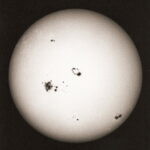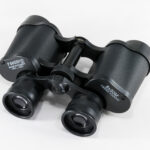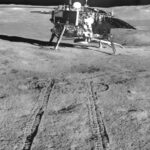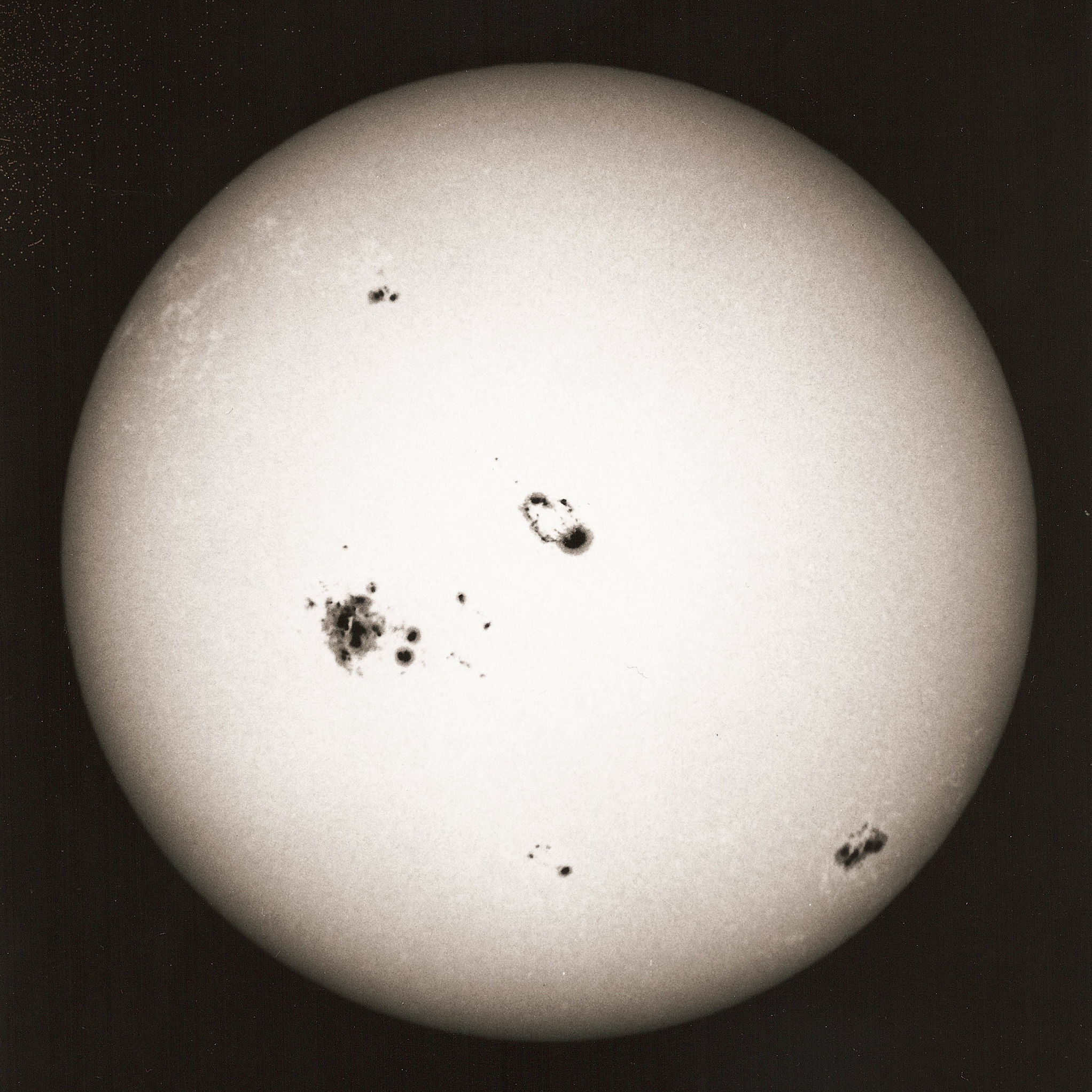INTRODUCTION TO THE SKY WATCHER 130MM EQ2 TELESCOPE.
Please note: As an Amazon Associate I earn from qualifying purchases
The Sky Watcher 130mm EQ2 reflecting telescope is a good starter telescope for either a young budding astronomer or someone who is looking for a good entry telescope.
Available From: Amazon, 365Astronomy
From: Sky Watcher
The Sky Watcher 130mm EQ2 telescope comes well packed with easy to understand instructions on putting all the parts together. It also comes with a sturdy aluminium mount which is collapsible and easy to carry.
The focal length of the telescope is 900mm and has a 130mm (5.12″) mirror. This gives the telescope a focal ratio (f/) of 5.9.
The telescope comes with a red-dot finder scope. This can be complicated to set up and the author recommends that if you are finding difficulty with this then you should seek advice from other members of your local Astronomical Society.
Two eyepieces are supplied with the telescope, a 25mm wide field eyepiece and a 10mm one for detailed work. A 2x Barlow Lens is also supplied.
The EQ2 mount does not come with a drive system. However, a drive can be purchased and fitted. This is a battery operated drive and the rate can vary over a long period. If you plan to take photographs with your new telescope then the author suggests that you keep your shots to less than 3 minutes maximum a shot and taking more shots than planned.
Conclusion
The Sky Watcher 130mm EQ2 telescope is a very good introductory telescope for the new astronomer. It is easy to put together at the beginning of a session and take down at the end. However the author recommends, where possible, to assemble the telescope in daylight. This will allow you to adjust the red-dot finder and balance the telescope.
Accessories are easy to get for the Sky Watcher 130mm EQ2 telescope. This includes additional eyepieces, filters and if you find the red-dot finder scope hard to manage you can also get other finder scopes that will fit.
The only negatives that I can find regarding this telescope is that the Right Ascension and Declination controls are apt to stop moving or come off. This can be very frustration when you are following an object. Another negative I have found, and touched on earlier, is the drive. It can slip at times or can vary over long periods. There is no warning light on the drive itself saying that the batteries are running out of power. But then a good observer and astrophotographer always carries spare batteries.




